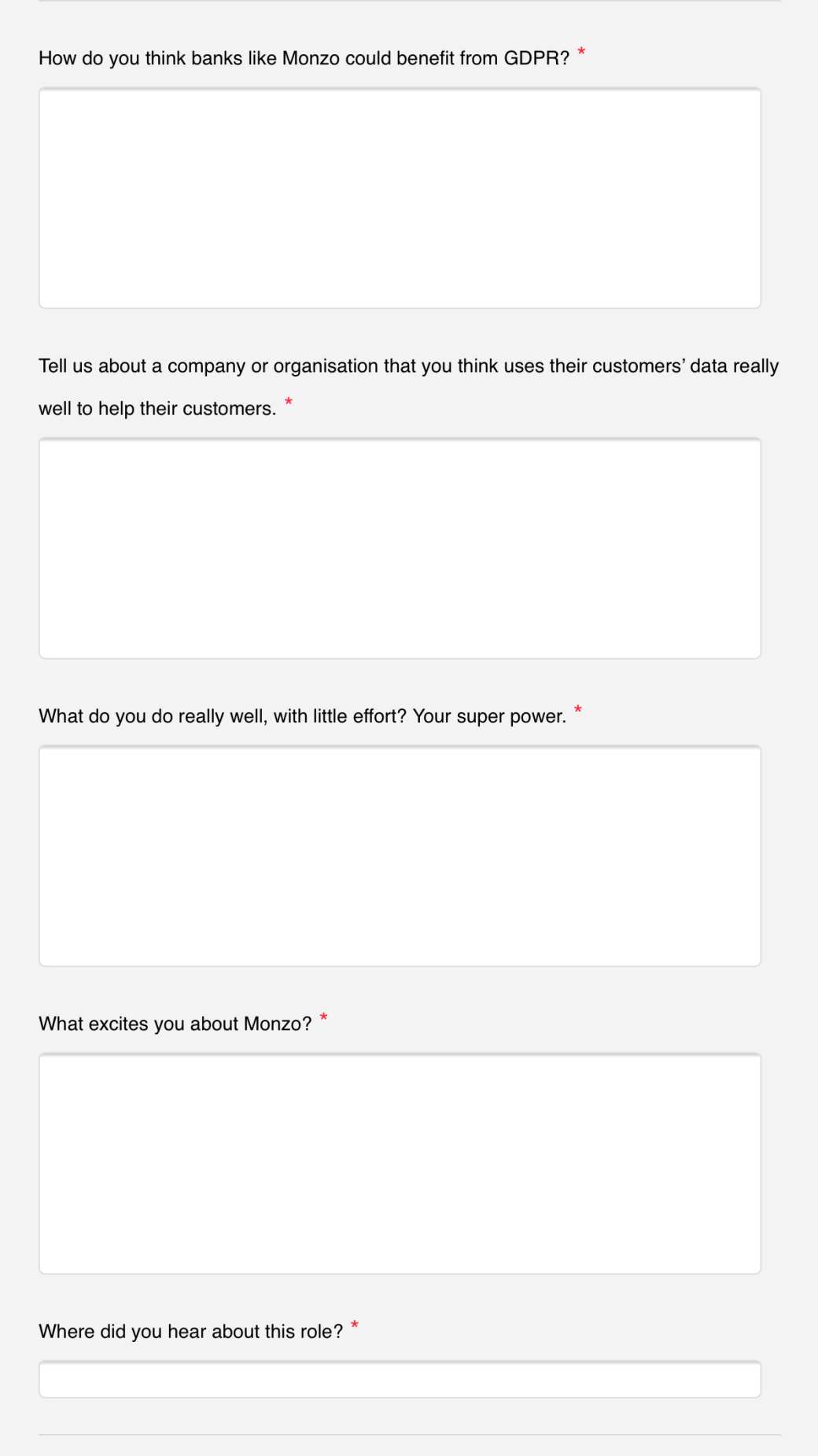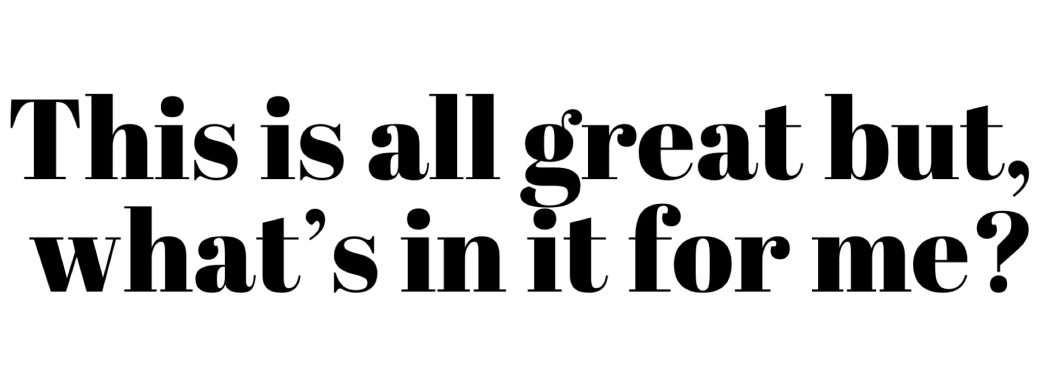At a glance
Intended audience: Anyone who has/is looking to build an audience and is looking to collaborate with brands.
You don’t need a million followers or subscribers in your audience to work with a brand
There are many brands out there which will value the quality of your audience relationship over the size of your audience. If you have an audience of 50 who actively engage with your content, many brands will view you as a much better investment than a platform with a larger, but unresponsive audience.
Let Canva do the work for you
If you want an attention-grabbing, modern design then use Canva to create one for free just like I did.
Why should you make one?
They allow you to proactively approach brands, demonstrate professionalism to brands, and it forces you to analyse your progress, audience and visibility if you haven’t already.
Also money and things! You could potentially start using your platform to get more of both!
In a nutshell, a media kit is kind of like a CV for your platform.
I say platform because I don’t want to make it sound like a media kit is something that’s only for bloggers; anyone or any brand can benefit by using one that has any sort of following in any form. From YouTube creators, social media aficionados to bloggers, freelancers and businesses – having a media kit at your disposal can be a great way to showcase who you are in an engaging way.
But yeah, it works like a CV in that it’s designed to market your platform to the reader and provide them with an impression of what your platform is all about as well as who your audience are.

Media kits are great for a couple of reasons.

First, they provide you a means of actively approaching brands rather than remain passively optimistic that a marketer or brand will approach you first.

Second, they demonstrate a level of professionalism and self-awareness which make you a much more attractive prospect for collaboration with businesses.

Third, they force you to seriously consider who your audience is if you haven’t already. It’s an invaluable exercise for anyone to perform if they are considering marketing further or focusing on growing a particular audience.

Finally, it just feels kinda boss. Like, if you were on the fence before about whether or not what you’re doing is a more serious venture or a passive hobby; having a media kit helps affirm that you’re ready to start taking the platform you grew to the next level.
You can look back over it and just be like ‘…f*ck yeah, look at me go.’
 Now since I’m yet to make one myself, I’m concerned that relying on my own knowledge would provide little value to anyone.
Now since I’m yet to make one myself, I’m concerned that relying on my own knowledge would provide little value to anyone.
Instead, what I can do is go into a Google frenzy and check out as many different examples of media kits as humanly possible, pick out the best components I see from them and list each below.
Then, using the info I’ve found, I’ll create a media kit for Inkbike which you can use an example.
And guess what you wonderful unicorn-of-a-reader, that’s exactly what I did.
 Was this insulting to include? Probably. You’re going to need to provide some contact information so that brands can get in touch.
Was this insulting to include? Probably. You’re going to need to provide some contact information so that brands can get in touch.

Could include figures such as weekly activity on the website, like frequency of posts, range of topics discussed and how each subject performs with your audience etc.

What’s performed well for you? This is an excellent way to evidence the type of content which lands most effectively with your audience without being forced to state it. This section can be an especially effective selling point for you if your most popular posts are in any way related to the industry of the company that you want to work with.

For brands looking to break into different markets, this information is invaluable. So if you have a particular presence on Google (SEO) on LinkedIn as someone who regularly writes/posts articles where people engage, then don’t be afraid to shout out about it. Where are people seeing you and who are these people? What is their age, their gender or nationality?

These are things like; how many unique visitors do you get a day, a week or a month? What countries are your visitors typically from? How many pages do they view each visit?
Be honest! You might feel shy if you compare your numbers to bigger websites or profiles, but remember that numbers aren’t everything. You might get 50 people visit your website each month, but 50 can be way more effective than 5,000 if it’s a really active audience.
Wait, hold on, Unionmetrics.com does a way better job of explaining this then I’m about to;
“Consider who your followers are. Wouldn’t you rather have a small but real and relevant audience than a large one composed of bots and random people? You want to be followed by people who are interested in your posts, engaged in the community you’re trying to reach, and share compelling content of their own. Engagement from these people means a lot more than a bot account auto-retweeting your every post. The more relevant and real your followers are, the better the engagement from them will be.”
Why is engagement highly attractive to companies? Because a highly engaged audience is far more likely to trust something you’ve chosen to advertise than a larger but inactive one.
Have you been featured on any other websites or platforms? If you have, showing this off is a great way to show off the kind of exposure your content gets and helps to demonstrate the kind of audience you have. So don’t be shy dropping any mentions you’ve received in the past.
7. Any advertising stats you might have – the results of things like any affiliate marketing activity, previous collaborations or direct sales you might have made from your own products.
This might not be your first foray into collaboration! If not, then what have you done before? If you can demonstrate experience, you can demonstrate that you are well-equipped to deliver the results that both you and the business owner are after.
You can include things like your experience of affiliate marketing, any collaborations you’ve done with other businesses/business owners or even direct sales you might have made from your own products.

I think this one’s important, especially if you feel like your audience is on the smaller side. If you can’t demonstrate raw numbers, it’s good practice to ask yourself if you can demonstrate how much your audience is willing to engage with your content. The argument then becomes, ‘ok so I only have 100 members in my audience, but actually, they really engage with the stuff I put out so my conversion rate is really high’ which is still an incredibly compelling argument for marketers.
Ultimately, they’re looking to find an opportunity that brings them the biggest possible returns for their investment.
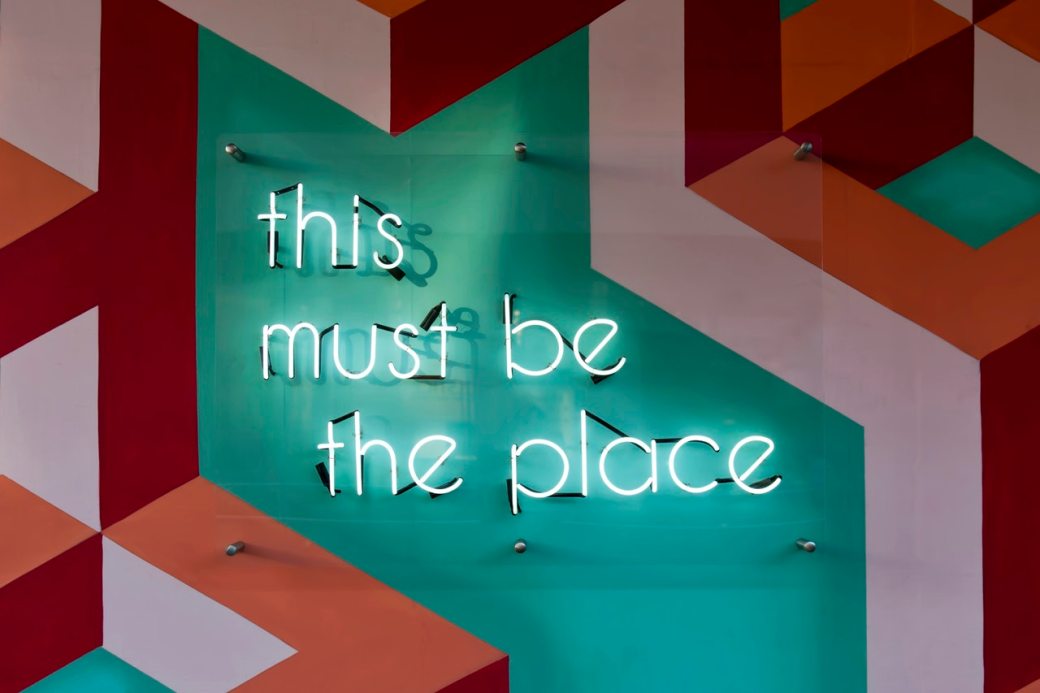
How to demonstrate engagement activity with digestible statistics? What’s the percentage of article/post/tweet/video viewers that actively engage by commenting or liking after viewing? How many of your audience responded to any call to actions included in posts? How many of your audience will share an article on average?
Things like the above demonstrate that your audience is active rather than passive – and ultimately, an active audience is more likely to make a purchase based on your recommendations.

It helps going in if you have some sort of idea of what you’d be willing to do. Are you open to sponsored posts, brand ambassadorship, social media promotions, giveaways, reviews, event representation, website ads or affiliate programs?
Establishing this helps speed things up for both parties since you’re able to quickly massively speed up the process of understanding whether or not you might be a match for each other.

This one’s especially important if you’re planning to use your media kit to reach out to brands. If you’re sending it to them out of the blue, chances are they won’t have set aside any time of their time to read it and will be in the middle of other things when they open your message.
Make your media kit pop to keep the reader’s attention for as long as possible. The longer they spend with your silky smooth, persuasive copy, the more likely they are to be interested in working with you.

That sure was a lot of words up there now wasn’t it. If you’re like me, then inspiration comes from seeing some designs.
As per usual, I used Canva to find a template and Inkbike-ified it completely online. Take a look and see what you think;
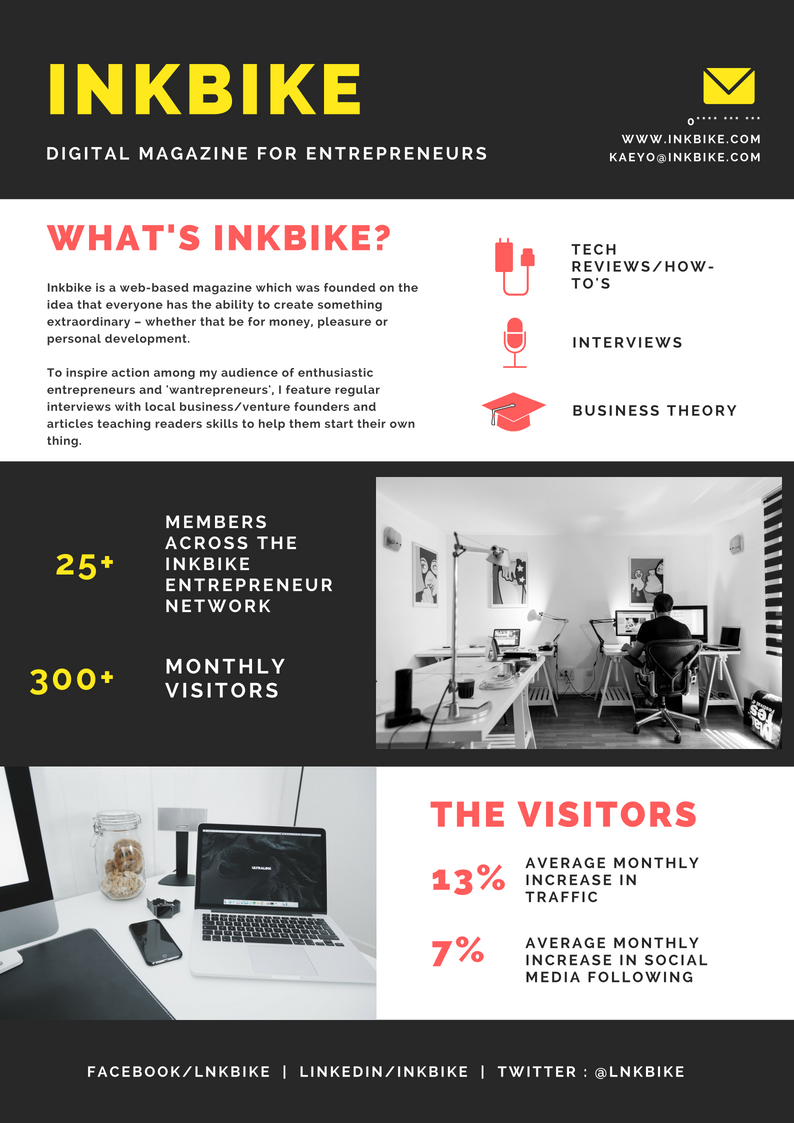
The idea is to create something which can be read in minutes, but is visually striking enough to grab their attention in the first place.
I tried to achieve this by having each statistic displayed in a large font, with a colour that makes it pop.
What do you think? What changes would you make or how would you go about making a media pack for your platform? If you want to read a little more useful information on the topic then check out the links below!
If anyone feels inspired enough to make one, I’d love to see it so send it to me by email, Facebook, LinkedIn or Twitter!
Email: kaeyo@inkbike.com
Twitter: @Inkbike
Facebook: @lnkbike
LinkedIn: Inkbike
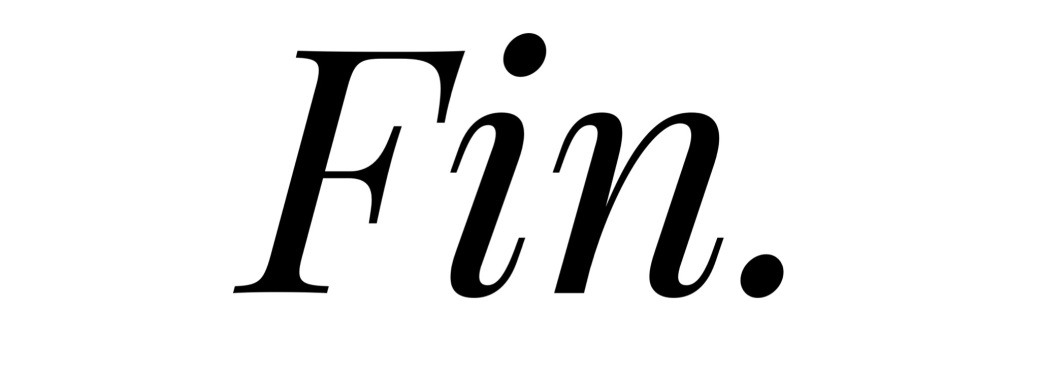

Template inspiration:
https://creativemarket.com/blog/media-kit-templates
https://www.canva.com/templates/media-kits/
Guides on starting work with brands:
https://creativemarket.com/blog/media-kit-templates
http://mostlymorgan.com/working-brands-2018/
https://www.melyssagriffin.com/how-to-work-with-brands-as-a-blogger/
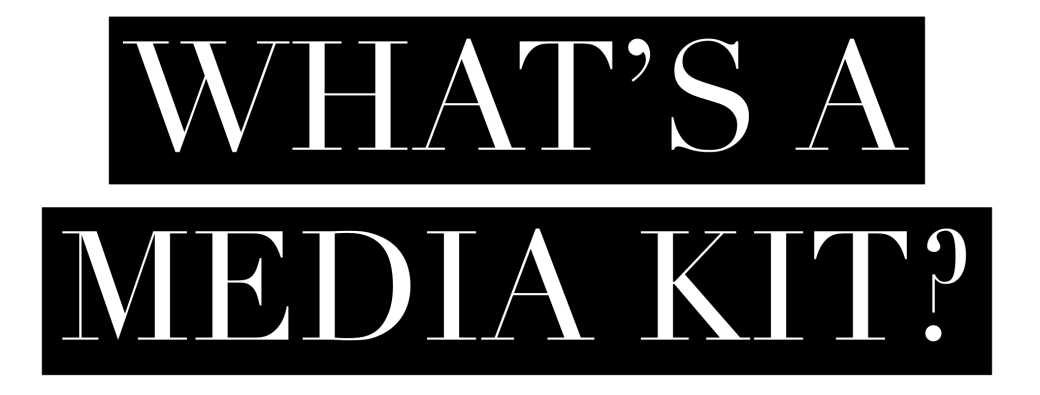


 Support culture management
Support culture management Supporting managers
Supporting managers Empowering individuals
Empowering individuals Competing in the labour market
Competing in the labour market



